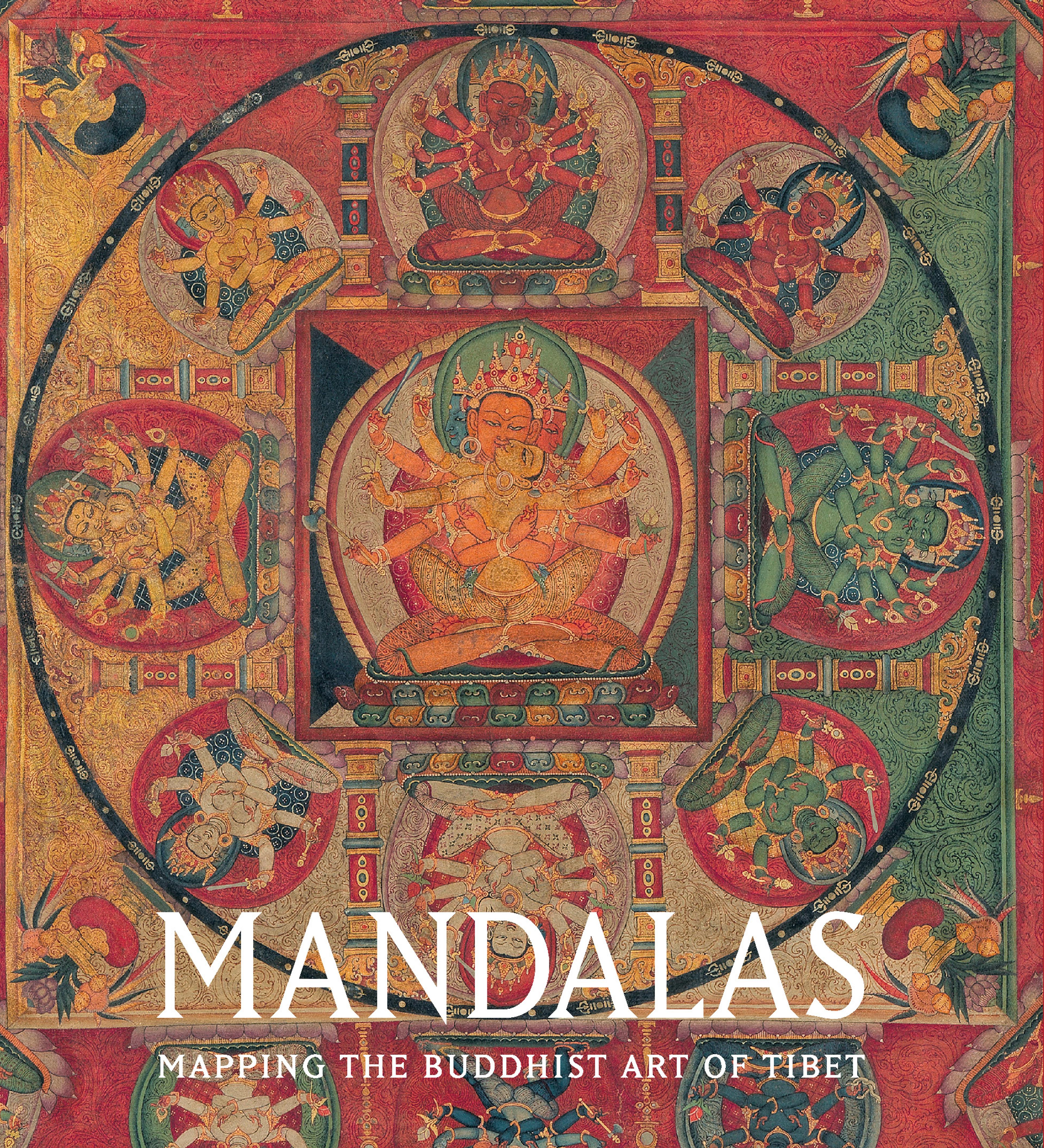Vajra with Angry Heads and Makara Prongs
This finely crafted vajra follows a well-established five-prong pattern marking the center and four directions. The central prong is surrounded by four foliate arched tines that emerge from the mouths of makaras (aquatic hybrid monsters), Indian motifs that legitimized this ritual tool. This vajra’s detailed lotus imagery and bands of angry heads hint at its tantric function. Using a vajra as a ritual instrument aligned the practitioner with a deity, symbolizing the diamond-like energy of enlightenment.
Artwork Details
- 唐 鎏金青銅金剛杵
- Title: Vajra with Angry Heads and Makara Prongs
- Period: Tang dynasty (618–907)
- Culture: China
- Medium: Gilt bronze
- Dimensions: H. 1 1/4 in. (3.2 cm); W. 1 3/4 in. (4.4 cm); L. 8 1/2 in. (21.6 cm)
- Classification: Metalwork
- Credit Line: Charlotte C. and John C. Weber Collection, Gift of Charlotte C. and John C. Weber, 1994
- Object Number: 1994.605.43
- Curatorial Department: Asian Art
More Artwork
Research Resources
The Met provides unparalleled resources for research and welcomes an international community of students and scholars. The Met's Open Access API is where creators and researchers can connect to the The Met collection. Open Access data and public domain images are available for unrestricted commercial and noncommercial use without permission or fee.
To request images under copyright and other restrictions, please use this Image Request form.
Feedback
We continue to research and examine historical and cultural context for objects in The Met collection. If you have comments or questions about this object record, please complete and submit this form. The Museum looks forward to receiving your comments.
